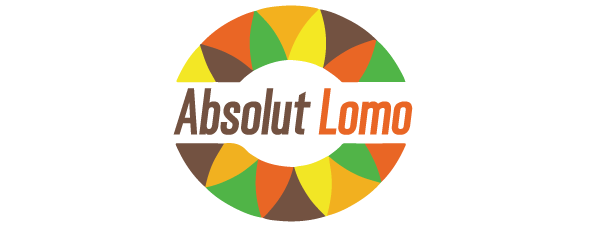A Die Casting Company in Illinois, USA and its worldwide accomplice were confronted with a test: to plan and assemble a Die Casting cast instrument to deliver a huge pass on cast aluminum table base. The plan of the part was unpredictable in that huge ringer shapes framed each finish of the table, progressing easily to a thin cylindrical shape at the projection’s middle. Underlying uprightness all through the projecting was of most extreme significance to meet the usefulness of the finished result, supporting substantial tabletops, some of which were made of marble.
A serious shine covering was applied by warming the projecting to a temperature more than 350 degrees Fahrenheit. After arriving at the ideal temperature, the projecting was immediately submersed and held in a tank of extraordinary powder paint until the paint that was in quick contact with the warmed projecting condensed and clung to it. The projecting was then taken out from the powder paint tank and cooled in water, cementing the painted surface. Any porosity near the surface could spread rankles during the warming cycle and additionally while the projecting stayed at a raised temperature in the tank of paint. Because of the idea of the powder paint, it was not prudent to strip the castings whenever rankling has happened. Thusly avoidance of porosity in the projecting was absolutely critical.
Targets
The underlying target was to diminish the pneumatic force in the projecting to forestall porosity. Utilizing this rules alone, the result could be met be expanding the occupy time until the air had the opportunity to get away. Nonetheless, this expanded time would keep the dissolve longer in contact to the Die Casting surface and cold runs could show up; as the chilly material does not weld together, the primary honesty of the projecting would not be accomplished. To forestall this, the base softens temperature needed to stay over the solidus temperature toward the finish of fill, demonstrating that two boundaries must be considered as a component of the projecting cycle.
Cycle design limitations
In planning this projecting cycle, two principle destinations must be characterized:
- Layout of the shape as position of the projecting, sprinter framework, floods/vents and cooling framework
- Process boundary used to fill the pit and cool the projecting
The characteristically intricate and intuitive nature of press die casting has shown that changing only one of the goals will impact the total projecting cycle plan. For instance, by adding or erasing a flood, the volume of metal will change, the measure of warmth brought into the Die Casting will change, and the unclogged position to quicken from the delayed into the quick shot will fluctuate as will the filling design in the hole.
